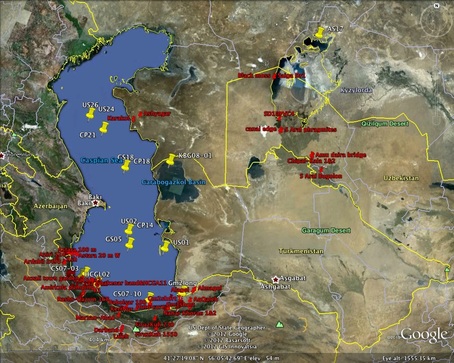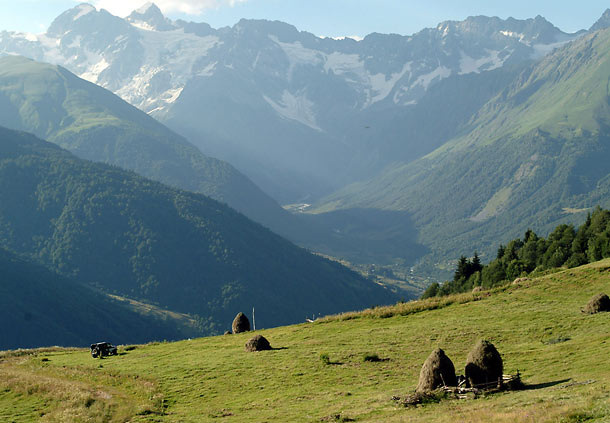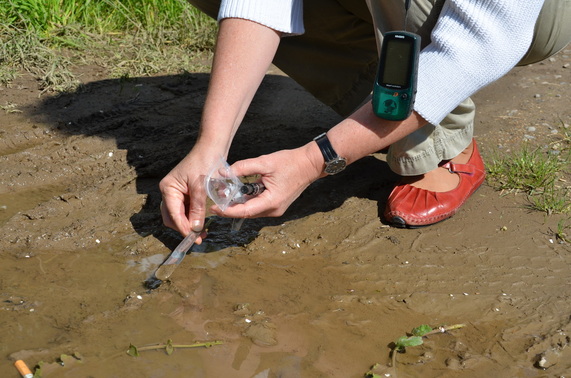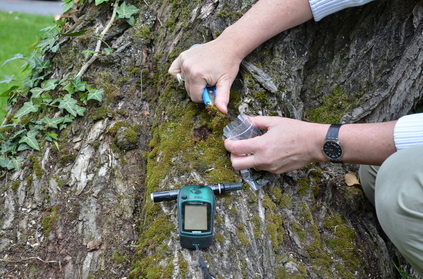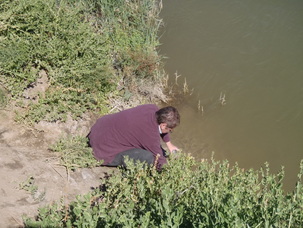Ancient Climate Reconstruction – Caspian Sea and Aral Sea
|
We are looking for volunteers who are hiking and biking in the mountains, deserts and aquatic environments surrounding The Caspian and Aral Seas.
|
The Project
There is little known about the environment of the Caspian Sea, an ecosystem that has changed tremendously with time–its sea levels changing 100 times faster than those of the global oceans! In order to understand the full range of changes, we need to look back in time. Sediment, topsoil, soil mosses and lagoon mud act as a time capsule through which we can interpret past environmental and climatic conditions, as well as assess present conditions. This study will supply researchers with fossils in modern sediment, offering a way to understand worldwide climatic conditions and in turn interpret an ancient climate.
|
How Can You Participate?
Volunteers will collect modern samples of sediment, top soil, soil mosses and lagoon mud from the rarely visited and often hard to reach regions around the Caspian and Aral Seas including, but not limited to, desert coastline, and mountain ranges such as the Caucasus, Elburz and Kipet Dag.

